Description
WE300 Solar Radiation Sensor / Pyranometer
Global Water’s Comprehensive Solar Radiation Monitoring Solutions
While the previous section explored the importance of measuring solar radiation and the core functionalities of our sensors, Global Water offers a more comprehensive suite of solutions to cater to your specific needs.
Beyond Basic Sensors: Introducing the PC320 Solar Radiation Sensor Controller
Our PC320 Solar Radiation Sensor Controller seamlessly integrates with our high-performance sensors. It leverages the sensor’s 4-20 mA output to trigger alarms based on user-defined thresholds. This functionality is ideal for applications where immediate action is crucial upon exceeding or falling below critical sunlight exposure levels.
Imagine a scenario in greenhouses where maintaining optimal light levels is essential for plant growth. The PC320 controller can be programmed to trigger shade systems or activate supplemental lighting when sunlight levels dip below a certain point, ensuring consistent and controlled growth conditions.
Enhanced Data Acquisition with the GL500 Solar Radiation Data Logger
For applications requiring in-depth analysis of sunlight exposure patterns, the GL500 Solar Radiation Data Logger presents a powerful solution. This complementary device effortlessly connects to your sensor’s 4-20 mA output, enabling you to record and store vital solar radiation data over time.
Imagine a research team studying the impact of sunlight on solar panel efficiency. The GL500 data logger would allow them to meticulously capture and analyze sunlight data throughout the day and year. This comprehensive data set would empower them to identify trends, assess seasonal variations, and ultimately optimize solar panel performance.
The Importance of Data Logging: Unveiling Hidden Patterns
By incorporating data logging capabilities, you gain a deeper understanding of how sunlight interacts with your specific environment. Here’s a closer look at the benefits:
- Identify Trends and Patterns: Analyze historical data to identify recurring patterns in sunlight exposure. This knowledge empowers proactive decision-making and facilitates long-term planning.
- Benchmarking and Performance Analysis: Compare solar radiation data across different locations or timeframes to assess performance and identify areas for improvement.
- Data-Driven Decision Making: Leverage comprehensive data sets to make informed decisions regarding resource allocation, infrastructure development, and overall operational optimization.
Understanding Solar Radiation: A Deeper Dive
The previous section briefly touched upon the different types of solar radiation reaching the Earth’s surface. Let’s delve a bit deeper for a more comprehensive understanding:
- Direct Solar Radiation: This refers to sunlight that reaches the Earth’s surface without being scattered or reflected by the atmosphere. Global Water’s solar radiation sensors, equipped with a transparent hemisphere, effectively measure this crucial component.
- Diffuse Solar Radiation: Incoming solar radiation that gets scattered or reflected by atmospheric molecules, clouds, dust, or other airborne particles before reaching the Earth’s surface also contributes to overall sunlight exposure. Our sensors capture this component as well, providing a comprehensive picture of total solar radiation.
By measuring both direct and diffuse radiation, Global Water’s sensors provide a holistic understanding of sunlight exposure, empowering you to make data-driven decisions across various applications.
In Conclusion: A Tailored Approach to Solar Radiation Monitoring
Global Water recognizes that different applications necessitate varying levels of data acquisition and control. We offer a range of solutions, from high-precision sensors to advanced data logging and control capabilities.
Contact us today to discuss your specific requirements and discover how Global Water’s comprehensive solar radiation monitoring solutions can empower you to harness the power of sunlight data.

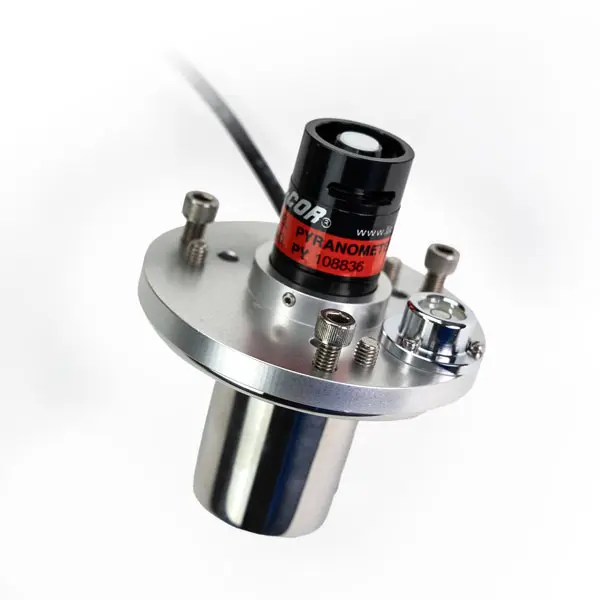
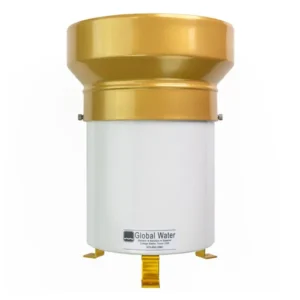
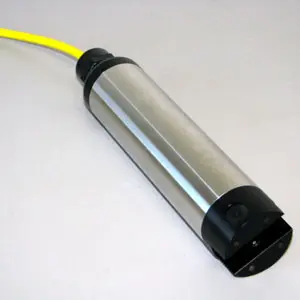
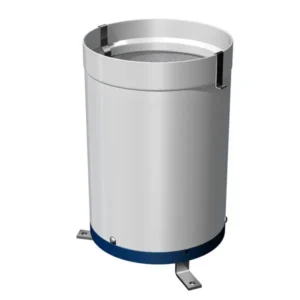
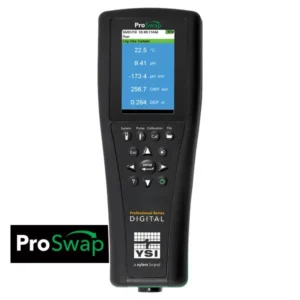
Reviews
There are no reviews yet.